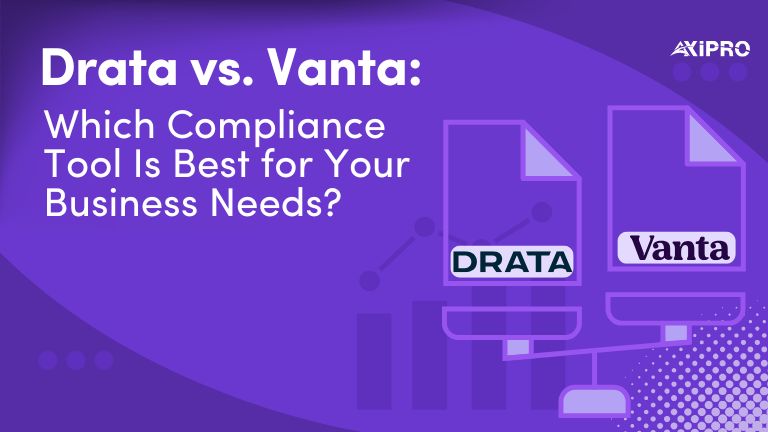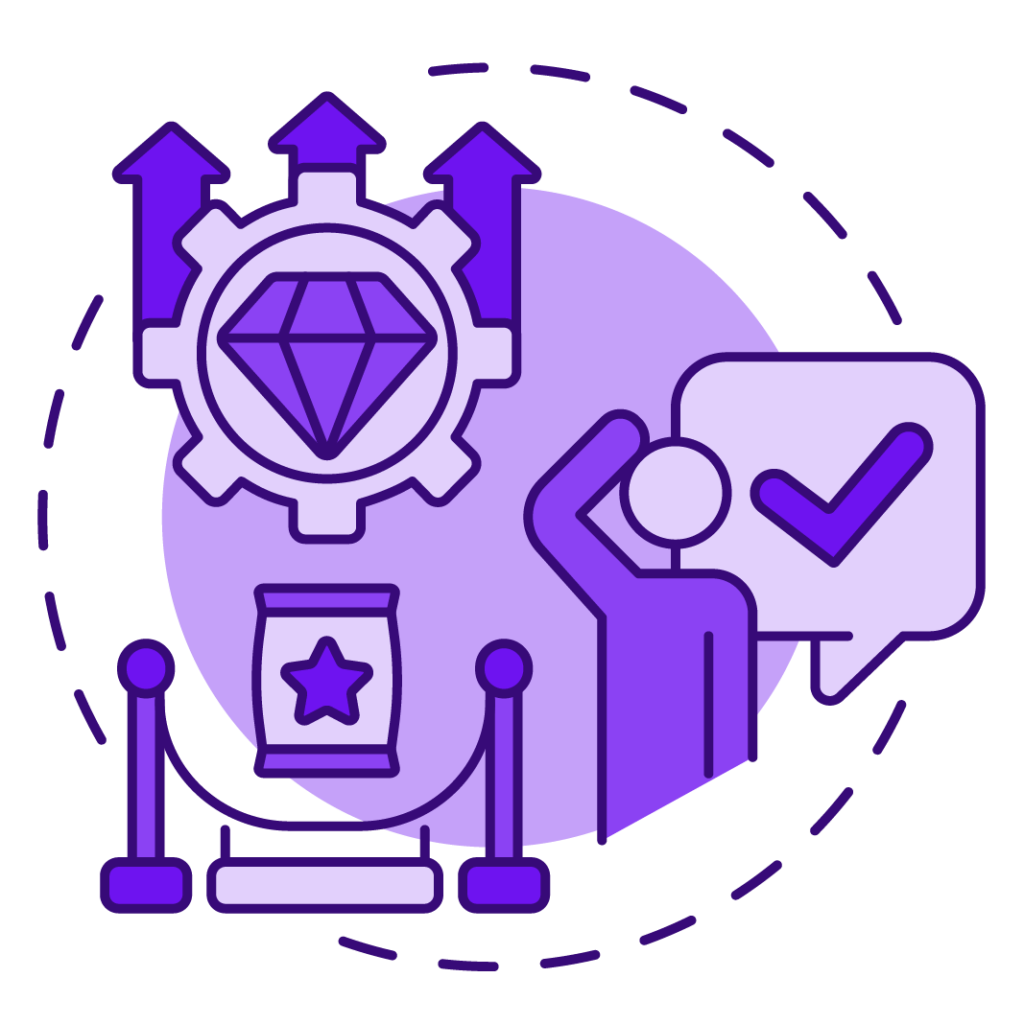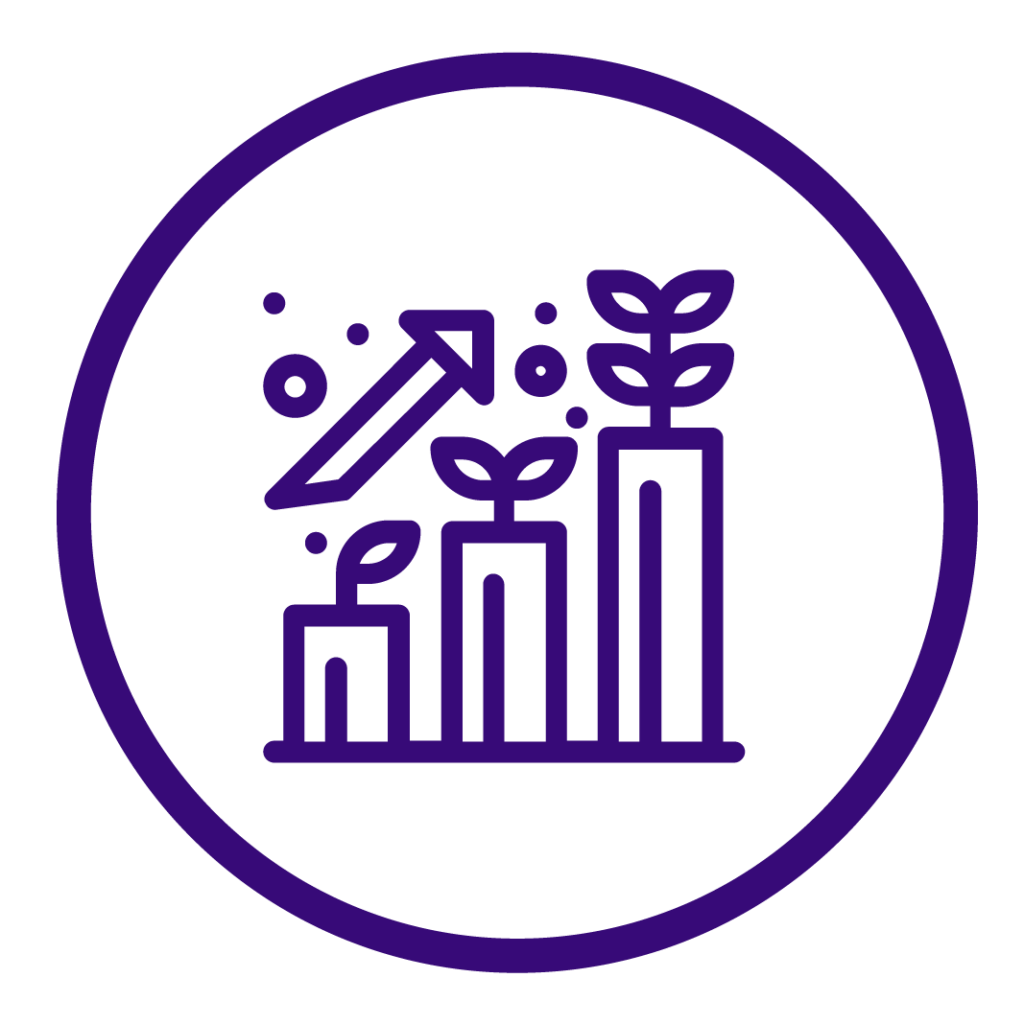
Share This Post
As businesses increasingly handle sensitive data, ensuring compliance with data protection regulations is crucial. From SOC 2 to HIPAA, regulations are meant to safeguard user information, prevent data breaches, and uphold organizational accountability. However, keeping up with these ever-evolving standards can feel like running on a treadmill that never stops. This is where compliance automation tools like Drata and Vanta come into play.
Compliance automation simplifies the process by monitoring controls, collecting evidence, and providing real-time insights into compliance status. Instead of manual audits and spreadsheets, businesses can now rely on automated systems that track compliance status across different frameworks. As a result, companies save time, reduce the risk of errors, and meet stringent regulatory requirements with greater ease.
Why Compliance Automation Matters
Compliance automation isn’t just about following the rules; it’s about building trust, ensuring data security, and future-proofing your business. Automated compliance solutions allow teams to focus on scaling their businesses rather than getting bogged down by intricate audit processes.
With Drata and Vanta emerging as popular options, this article provides a detailed comparison to help you decide which solution best fits your compliance needs.
Outline
- Drata vs. Vanta: Company Overviews
- Key Features Comparison
- Integration Capabilities
- User Interface and Experience
- Pricing and Plans
- Security and Reliability
- Pros and Cons of Drata and Vanta
- Other Vanta and Drata Alternatives
- Word of Caution on Automation
- Conclusion
Drata vs. Vanta: Company Overviews
Drata
Founded in 2020, Drata quickly gained a reputation in compliance. The platform’s core mission is to provide real-time monitoring for companies seeking compliance with SOC 2, ISO 27001, and HIPAA frameworks. Drata’s continuous control monitoring and automated evidence collection cater to companies that need up-to-the-minute insights into their compliance standing. For organizations that require extensive compliance capabilities, Drata offers a feature-rich solution built to streamline complex audits.
Vanta
Vanta, launched in 2018, takes a more accessibility-focused approach to compliance automation. With its user-friendly dashboards and straightforward control setup, Vanta is often considered a go-to option for small to mid-sized tech companies. Vanta supports frameworks like SOC 2, GDPR, HIPAA, ISO 27001, USDP, and CCPA, focusing on providing a simplified experience without sacrificing depth. The platform appeals to companies looking to get compliant quickly without needing heavy technical expertise.
Key Features Comparison: Drata vs. Vanta
Drata and Vanta provide essential compliance tools to streamline and enhance a company’s compliance management process. However, their approaches differ, offering unique advantages that may align with varying organizational needs. Let’s dive into the key features to see how these two platforms stack up.
Automated Evidence Collection
Automated evidence collection is critical for any compliance tool, as it minimizes manual labor and ensures real-time compliance verification. Drata excels in this area with its continuous evidence collection, which operates seamlessly in the background. Drata allows companies to always stay on top of compliance by pulling real-time data from integrated tools. This approach is ideal for teams requiring up-to-the-minute compliance data, especially those with complex or dynamic requirements. In contrast, Vanta’s evidence collection is also automated but emphasizes ease of setup. This makes Vanta particularly suited for companies with limited compliance experience or smaller teams. While larger enterprises might favor Drata’s continuous monitoring with rigorous standards, Vanta’s simplicity and intuitive setup provide a solid foundation for businesses new to compliance or needing a more straightforward approach.
Monitoring and Alerting
Monitoring and alerting features are essential for maintaining compliance, and both Drata and Vanta offer robust capabilities in this area. Drata takes a proactive approach, delivering alerts to users as soon as compliance is at risk, with highly customizable options allowing users to tailor alerts to their needs. This level of customization can be invaluable for larger organizations that need granular control over their compliance processes. Vanta’s alerting system, while equally effective, is often described as simpler and more intuitive. This makes it particularly appealing to small to medium-sized businesses that value ease of use and may not require the extensive customization options Drata offers. Drata’s advanced alerting features provide flexibility and depth, while Vanta’s focus on straightforward alerts appeals to teams looking for efficiency without the need for complex configuration.
Framework Support
Compliance standards can vary greatly across industries, and having access to multiple frameworks is a valuable asset for any compliance platform. Both Drata and Vanta support key frameworks such as SOC 2, GDPR, HIPAA, and CCPA, ensuring they meet the needs of a wide range of businesses. Drata, however, offers more granular control over certain frameworks, allowing organizations to tailor their compliance processes with a higher level of specificity. This is advantageous for larger companies with detailed regulatory requirements. Meanwhile, Vanta’s approach to framework support is geared toward accessibility and quick implementation, making it a great choice for smaller businesses that want to get up and running quickly. The difference here lies in depth versus simplicity: Drata’s comprehensive controls serve organizations with complex regulatory demands, while Vanta’s accessible framework support appeals to companies seeking a straightforward solution.
Which Platform Stands Out?
Choosing between Drata and Vanta ultimately depends on your organization’s specific needs. If your company requires extensive, real-time compliance data with the ability to customize alerts and framework control, Drata may be the better fit. However, Vanta’s approach offers an appealing and practical solution for businesses that prioritizes simplicity, quick implementation, and user-friendly features.
Integration Capabilities: Drata vs. Vanta
Integration capabilities are crucial to any compliance platform. They allow companies to connect their existing tools for seamless compliance tracking. Drata and Vanta excel in this area, but each platform takes a slightly different approach.
Drata’s Integration Network
Drata integrates with various popular platforms, including AWS, Azure, GCP, GitHub, and Microsoft 365. This extensive network is particularly beneficial for organizations that rely heavily on cloud infrastructure and require continuous data updates to maintain real-time compliance. Drata’s integrations are designed to pull data continuously, ensuring current compliance statuses. For companies with complex infrastructure or those heavily invested in cloud services, Drata’s robust integration capabilities are a clear advantage.
Vanta’s Integration Simplicity
Vanta’s approach to integration is straightforward and user-friendly. Moreover, Vanta provides more integrations than Drata. It supports essential platforms such as Google Workspace, Slack, Okta, and GitHub. The setup process requires minimal technical expertise, which makes it an attractive choice for fast-growing tech companies that need to implement compliance quickly and efficiently. Vanta’s simplicity in integrations ensures that even teams without extensive IT resources can get the platform up and running without hassle.
The Verdict
Both Drata and Vanta offer valuable integration options, but the right choice depends on your organization’s infrastructure needs. Drata’s extensive network and real-time data capabilities make it ideal for companies with complex infrastructures. On the other hand, Vanta’s ease of setup is better suited for businesses looking for a straightforward, user-friendly compliance solution without deep integration complexity.
User Interface and Experience
A compliance tool’s user interface (UI) and user experience (UX) are integral to its effectiveness, especially for organizations where multiple team members will rely on the tool for their compliance processes. A well-designed interface not only makes the tool accessible but also determines how seamlessly team members can complete their tasks, which impacts the tool’s overall efficiency.
Drata’s Interface
Drata offers a robust, feature-rich interface often described as a “control room” for compliance. This layout is highly detailed, granting users visibility into almost every aspect of their compliance framework. With such depth and detail, compliance experts can analyze data comprehensively, examine security posture, and monitor compliance progress in real-time. For companies that require a thorough view of their compliance status and seek a tool that enables proactive, granular tracking, Drata’s design is highly advantageous. However, the depth of Drata’s interface can pose a learning curve, particularly for new users who may not be as well-versed in compliance intricacies. Larger organizations or companies with dedicated compliance teams may find the interface intuitive after an initial adjustment period, providing them with the control and detail they need for complex compliance management.
Vanta’s Accessibility
Vanta, by contrast, emphasizes simplicity and ease of use. Its interface is purposefully streamlined, focusing on intuitive dashboards and reducing the clicks needed to accomplish tasks. This user-friendly approach makes it accessible even to users with limited compliance expertise. Small to medium-sized businesses or teams with limited resources often benefit from a straightforward setup that allows them to start using the tool with minimal training. Vanta’s design is, therefore, ideal for smaller teams that prioritize ease of use over extensive functionality, as it allows them to stay compliant without needing extensive knowledge of compliance frameworks or a dedicated compliance department.
UI Comparison Takeaway
In summary, Drata and Vanta present two distinct UI philosophies that cater to different organizational needs. For companies with dedicated compliance resources, Drata’s more comprehensive interface provides the control, detail, and in-depth monitoring necessary to meet complex compliance requirements. In contrast, Vanta’s more accessible, simplified interface is highly suitable for smaller teams or startups looking to implement a user-friendly compliance solution without the hassle of a steep learning curve.
Which One Is Right for You?
Ultimately, the right choice will depend on the organization’s budget, size, and compliance needs. For companies seeking a highly flexible and customized solution, Drata’s pricing model is ideal. Its tailored approach allows enterprises to pay for features specific to their needs, providing the flexibility to scale. However, Vanta’s transparent and tiered pricing is more attractive for startups and smaller businesses looking for predictability and ease of budgeting, offering value through simplicity and affordability.
Security and Reliability
In compliance tools, security and reliability form the foundation of a trustworthy system, especially when handling sensitive data. Organizations must be confident that their data is safeguarded, and security measures within their compliance software constantly evolve to counter new threats. Drata and Vanta, two major players in this field, prioritize security, though their approaches reflect different strengths that can benefit companies based on their size and specific needs.
Drata’s Security Measures:
Drata strongly emphasizes rigorous security standards, including robust encryption protocols, multi-factor authentication, and compliance with the SOC 2 Type II certification—a gold standard in data security that ensures effective data handling and control. The company does not rest on its laurels with its certifications; Drata regularly updates its security protocols to meet the latest industry standards, ensuring high reliability that clients can count on. Continuous updates reflect Drata’s commitment to a proactive security stance, reducing vulnerabilities as new threats arise. For enterprises and companies managing large amounts of sensitive data, this level of security, backed by regular reviews and updates, offers additional assurance of data protection.
Vanta’s Security Standards:
Vanta also adheres to stringent security practices, ensuring high levels of encryption and holding similar security certifications as Drata, which are designed to provide a baseline of trust for organizations. Vanta’s focus extends beyond encryption and certifications; it emphasizes uptime and reliability, essential for companies needing 24/7 compliance management. By ensuring high availability, Vanta minimizes the risk of service interruptions, allowing compliance teams to maintain smooth operations without concerns about tool downtime. Vanta’s approach makes it a viable choice for companies needing consistent, reliable compliance management focusing on user accessibility.
Final Thoughts on Security:
Both Drata and Vanta present robust security offerings catering to different market segments. However, for larger organizations and enterprises prioritizing up-to-the-minute security updates and ongoing certifications, Drata’s proactive approach and commitment to regular enhancements may provide added peace of mind. This edge in security makes Drata an appealing choice for enterprise-level clients. Vanta’s reliable infrastructure and user-friendliness cater well to small and mid-sized businesses seeking a trustworthy compliance tool without constant customization or updates.
Pros and Cons of Drata and Vanta
Selecting the right compliance tool requires an assessment of not only security and reliability but also the broader pros and cons that each platform presents.
Drata Pros:
- Extensive Real-Time Monitoring: Drata provides advanced, real-time monitoring capabilities, enabling companies to instantly track compliance metrics and potential security incidents. This feature supports companies that need a detailed view of compliance, especially in complex regulatory environments.
- Highly Customizable Alerts and Dashboards: Drata offers a high degree of customization for alerts and dashboards, allowing compliance teams to tailor the platform to their unique requirements and stay on top of compliance needs.
- Broad Integration Network: Drata supports integration with various tools, making it suitable for organizations with complex infrastructures. This flexibility ensures compliance processes can be embedded smoothly within existing systems, making Drata a versatile solution for enterprise clients.
Drata Cons:
- Higher Learning Curve: Drata’s extensive features can make it more challenging for new users to navigate. Teams may require training to maximize their potential, which could delay onboarding.
- Pricing Unpredictability: Drata’s pricing structure can be less predictable, especially for companies with expanding requirements. This may lead to unexpected costs as new features or integrations are added.
Vanta Pros:
- User-Friendly and Easy to Set Up: Vanta is recognized for its intuitive design, making it accessible for teams without a steep learning curve. This simplicity allows small and mid-sized businesses to implement and use the tool quickly.
- Transparent Pricing Structure: Vanta’s pricing is transparent, allowing companies to predict better expenses, which benefits organizations operating within strict budgets.
- Ideal for Small to Mid-Sized Tech Companies: Vanta caters well to smaller teams, offering essential features without overwhelming users with extensive customization options.
Vanta Cons:
- Limited Customization Potential: Vanta’s streamlined design is ideal for smaller teams seeking simplicity. However, organizations with more complex compliance needs might look for more tailored options.
- User-Friendly Focus: Vanta’s ease of use appeals to a wide range of users, though some larger enterprises may seek additional depth to support their more intricate compliance structures.
Ultimately, Drata’s customization, security, and extensive integration options make it ideal for enterprises, while Vanta’s simplicity and predictability appeal to small and mid-sized businesses. Both platforms offer powerful solutions but cater to different scales and needs, making the choice highly dependent on the organization’s size, budget, and specific compliance requirements.
Conclusion
Choosing the right compliance automation platform is a strategic decision that depends on your team’s needs, budget, and level of expertise. Drata, with its extensive features and in-depth functionality, is ideal for larger organizations seeking a comprehensive compliance solution. Its versatility supports complex compliance frameworks and scalability, making it a strong choice for growing companies. In contrast, Vanta’s simplicity, ease of use, and transparent pricing make it popular among smaller tech companies or startups needing an efficient and cost-effective solution.
Selecting a platform that aligns with your organization’s goals can safeguard data, simplify audits, and build client trust. Explore our solutions at Axipro today!


